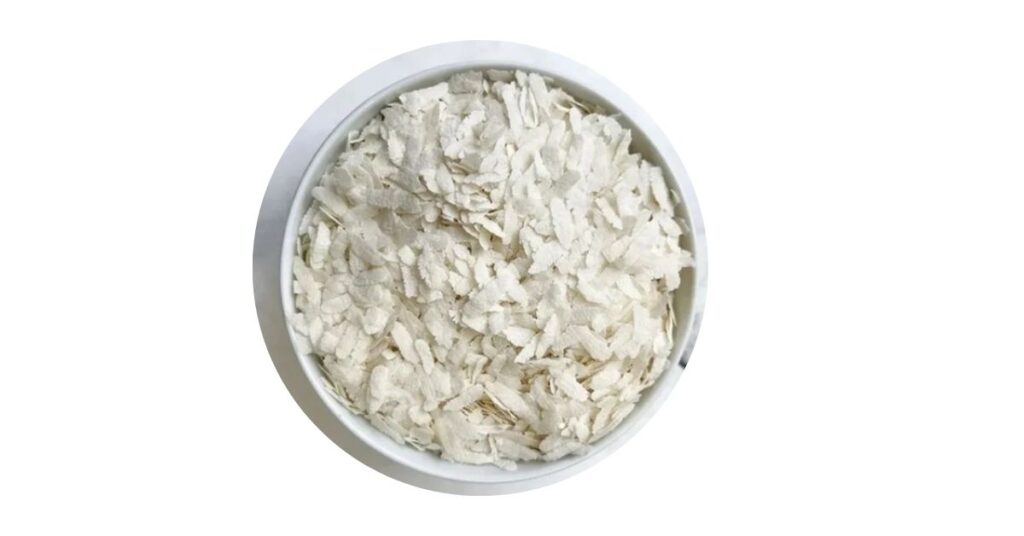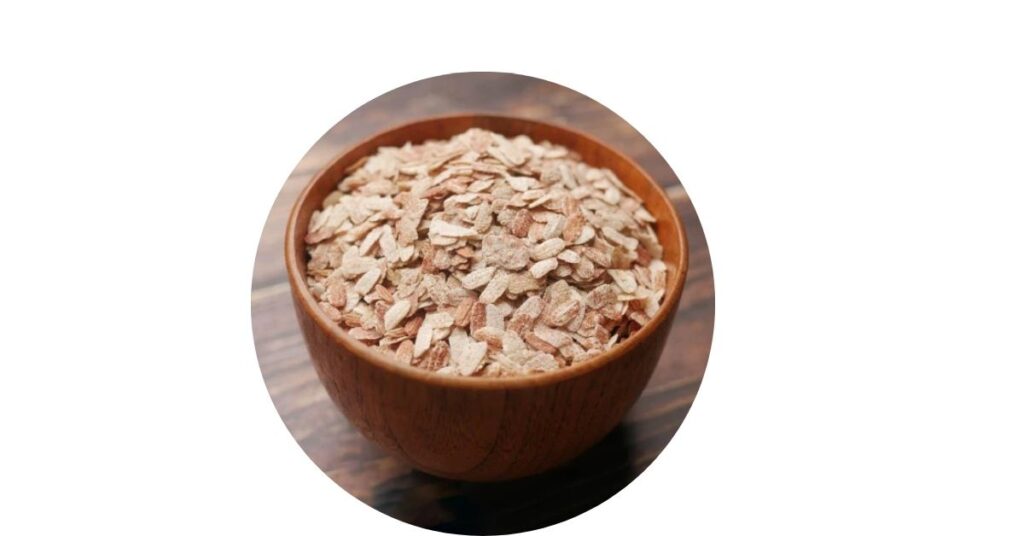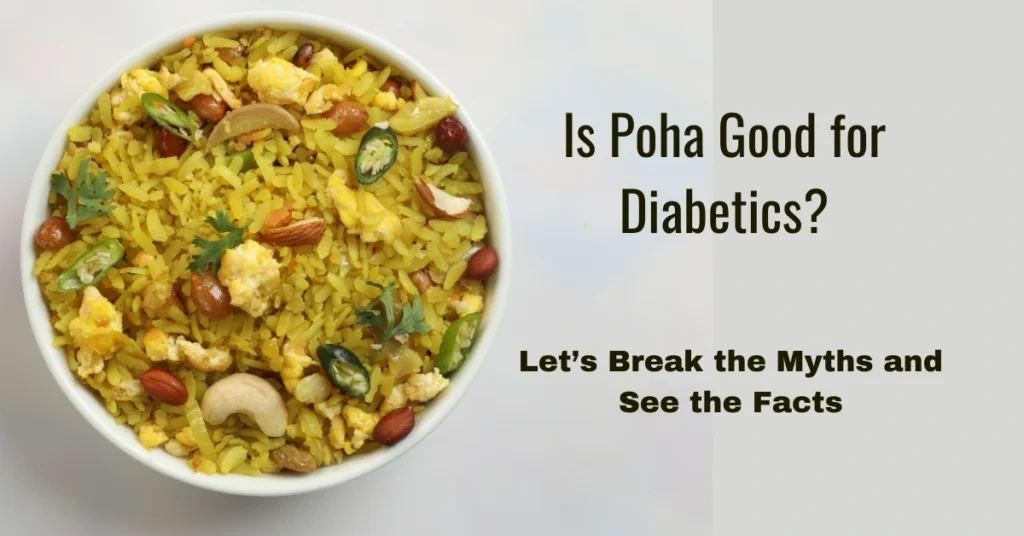Poha — it’s light, fluffy, quick to make, and found in almost every Indian kitchen. Whether it’s your go-to breakfast or a quick evening snack, it feels like one of the healthiest options.
But if you have diabetes or are trying to manage your blood sugar levels, there’s always that doubt:
“Is poha safe for me?”
Some say it’s healthy because it’s light. Others say it’s full of carbs and should be avoided.
So what’s the truth?
In this article, we’ll examine poha from every angle—nutrition, preparation methods, and how it really affects blood sugar. There will be no jargon or fluff—just straight facts and practical advice.
Let’s clear the confusion once and for all.
What is Poha, Really?
Poha, also known as flattened rice, is a staple in many Indian homes. Made by parboiling rice and then flattening it into dry flakes, it’s super versatile and cooks in minutes — no wonder it’s such a breakfast favorite.
There are mainly two types you’ll find in the market:
- White Poha: Most common, polished, softer in texture.
- Red Poha: Less processed, made from red rice, slightly nutty in flavor, and higher in fiber.
When soaked briefly in water, poha becomes soft and ready to cook. People usually toss it with basic spices, peanuts, and sometimes vegetables — quick, filling, and satisfying.
But here’s where it gets interesting:
While it feels light on the stomach, poha is still a carb-heavy food. And for someone with diabetes, it’s not just about what fills you up — it’s about what keeps your blood sugar stable.
So, before we judge whether poha is good or bad for diabetics, let’s look at what’s actually in it.
Nutritional Breakdown of Poha (And What It Means for Blood Sugar)
Let’s get real — when you’re managing diabetes, it’s not just about taste. It’s about how food behaves after you eat it.
So here’s what 100 grams of plain, cooked white poha roughly contains:
| Nutrient | Amount (per 100g) | Impact on Blood Sugar |
|---|
| Carbohydrates | ~76g | High — main source of energy, but spikes sugar if not balanced |
| Protein | ~2.5g | Low — not enough to slow sugar absorption |
| Fiber | ~2g | Moderate — helps but not sufficient on its own |
| Fat | ~1g | Low — depends on what you cook it with |
| Glycemic Index (GI) | ~70 (White Poha) | Moderate-High — can raise blood sugar quickly |
So what does this mean?
- Poha is not inherently bad, but it’s high in carbs, which can spike blood sugar if you eat it plain or in large portions.
- It lacks protein and fiber, both of which are important to slow down sugar absorption.
- GI of around 70 means it falls in the “moderate to high” category — again, how you prepare it makes a big difference.
In short, poha on its own might not be ideal, but poha done right can be part of a diabetic-friendly diet.
Is Poha Good for Diabetics? The Short Answer

Yes, poha can be good for diabetics — but it depends on how you eat it.
On its own, poha is mostly carbs, with very little protein or fiber. That means if you’re eating a big bowl of plain white poha, especially first thing in the morning, it might cause a quick spike in your blood sugar — something you want to avoid.
But here’s the good news:
Poha becomes diabetes-friendly when you make smart changes.
Think of it like a blank canvas — what you add to it makes all the difference.
A few vegetables, a handful of peanuts, some lemon juice, and a pinch of common sense (portion control!) — and suddenly, it’s a balanced, satisfying meal that doesn’t mess with your sugar levels.
So no, you don’t have to give up on poha. You just have to eat it the smart way.
Also Read: How Triphala Helps in Diabetes Control?
White Poha vs Red Poha — Which One’s Better for Diabetics?
Not all poha is created equal, and when it comes to diabetes, the type you choose can make a big difference.
Let’s break it down:
🥄 White Poha

- Made from polished white rice
- Softer, quicker to cook
- More processed → Less fiber
- Higher glycemic index (GI ~70+)
- Gets digested faster → Can raise blood sugar quickly
🥄 Red Poha

- Made from red rice (unpolished)
- Slightly firmer texture
- More fiber and micronutrients
- Lower glycemic index (GI ~55-60)
- Slower digestion → Better blood sugar control
💡 So, Which One Should You Choose?
If you’re living with diabetes, red poha is a better option.
Why? Because it’s less processed, has more fiber, and releases glucose more slowly into your bloodstream, helping you stay fuller and more stable for longer.
But if red poha isn’t easily available in your area, don’t worry. You can still enjoy white poha — just make sure to pair it with fiber-rich veggies and some protein, which we’ll cover in the next section.
How to Make Poha Diabetic-Friendly?
If you’re diabetic, the way you cook and combine poha matters more than the poha itself.
Here’s how you can turn a simple bowl of poha into a balanced, blood-sugar-friendly meal:
1. 🥬 Add More Fiber (Vegetables are Your Best Friend)
Fiber slows down digestion and helps control sugar spikes.
Mix in vegetables like:
- Onions
- Tomatoes
- Carrots
- Capsicum
- Spinach
- Green peas
These not only add fiber but also bring flavor and nutrients.
2. 🥜 Include Some Protein
Protein helps you stay full and prevents rapid sugar rise.
Easy additions:
- Roasted peanuts (already common in poha)
- Boiled moong or chana sprouts
- Paneer cubes (lightly sautéed)
- Even a side of boiled egg if you’re non-veg
3. 🧴 Use Healthy Fats in Moderation
Fats help in satiety and also slow down carb absorption.
Use a small amount of:
- Mustard oil or groundnut oil
- A few curry leaves, mustard seeds, or grated coconut
(Just don’t go overboard — too much oil can backfire)
4. 🥔 Avoid Blood Sugar Bombs
Some common poha ingredients that are best avoided:
- Potatoes (high GI)
- Sugar (some people add a pinch — not needed)
- Farsan or sev (adds empty calories and carbs)
- Too much salt (bad for BP, which often coexists with diabetes)
5. 🥄 Watch Your Portion Size
Even healthy poha becomes a problem if you eat too much.
Stick to 1 medium katori (bowl) — around 100–150 grams cooked.
Eating slowly and chewing properly also helps manage sugar levels.
6. 🍋 Squeeze Some Lemon
Vitamin C from lemon can help slow the absorption of carbohydrates.
Plus, it adds a fresh zing to the dish — win-win!
Quick Summary:
✅ Add fiber + protein
❌ Skip potato, sugar, farsan
🥗 Eat in small portions
⏰ Best time to eat: breakfast or brunch (not late night)
🧠 Common Myths Around Poha & Diabetes (Busted!)
Poha ke baare mein logon ke beech kaafi confusion hai — especially jab diabetes ki baat aati hai.
Chalo, kuch common galatfaimiyan todte hain:
❌ Myth 1: “Poha is too starchy — diabetics should avoid it completely.”
🟢 Fact:
Yes, poha is a carb-rich food. But when you pair it with fiber, protein, and healthy fat, it digests slowly and doesn’t spike your sugar levels drastically.
Avoiding it completely isn’t necessary — eating it smartly is the key.
❌ Myth 2: “Brown bread is better than poha.”
🟢 Fact:
Not always! Most brown breads in the market are just colored versions of white bread. Poha — especially red poha with veggies — can actually be more nutritious and less processed.
Don’t fall for marketing traps.
❌ Myth 3: “Poha is only a breakfast food.”
🟢 Fact:
Poha is light and easy to digest — so it can be a great early dinner or evening snack, especially when you’re avoiding heavy meals at night.
Just avoid having it late at night or very close to bedtime.
❌ Myth 4: “You have to quit all carbs if you’re diabetic.”
🟢 Fact:
Carbs are not the enemy — refined and processed carbs are.
Poha, when chosen wisely and eaten in the right form, can easily fit into a balanced diabetic diet. You need carbs — just the right kind, in the right way.
Final Verdict: Should Diabetics Eat Poha?
Yes, diabetics can eat poha — but not just any poha.
The key is in the details:
✔️ Choose red poha if possible
✔️ Add fiber-rich veggies and a source of protein
✔️ Cook with minimal oil and skip potatoes
✔️ Control your portion size
✔️ Enjoy it during the day, not late at night
Poha isn’t a “bad” food — it just needs a smart twist.
With the right tweaks, it can become a balanced, filling, and blood sugar-friendly option.
So next time someone says “Poha is off-limits for diabetics,”
you’ll know exactly how to smile and say:
“Only if you don’t know how to make it right.”
FAQs
Can diabetics eat poha every day?
👉 Yes, but in moderation. Stick to a small portion, add veggies and protein, and avoid sugary or fried additions. Eating the same food daily isn’t ideal — rotation is always better.
Is red poha better than white poha for diabetes?
👉 Absolutely. Red poha is less processed, has more fiber, and causes a slower sugar release compared to white poha.
Does poha raise blood sugar levels?
👉 Poha can raise blood sugar if eaten plain or in large portions. But when combined with fiber, protein, and healthy fats, it’s much more balanced and safer.
What can I add to poha to make it diabetic-friendly?
👉 Add fiber-rich veggies (like spinach, carrots), protein (like peanuts or sprouts), a squeeze of lemon, and use minimal oil. Skip potatoes, sugar, and fried toppings.





I am regular reader, how are you everybody? This paragraph
posted at this web site is really good.
This is my first time pay a visit at here and i am
really happy to read all at alone place.
Excellent, what a website it is! This web site
provides helpful facts to us, keep it up.
Wow, thank you! It makes my day to know that the website is useful to you. I really appreciate you taking the time to leave this comment.